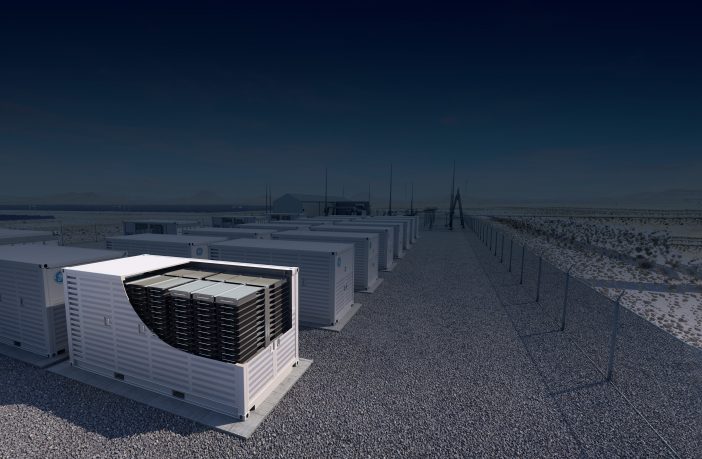- Researchers from the King Abdullah Petroleum Studies and Research Center (KAPSARC) have assessed all current methods used to calculate the monetary value of both distributed and large scale storage in electricity generation, in a comprehensive study.
The Saudi group stressed that the cost of storage has dropped from around $1,000/kWh to about $150-200/kWh, currently, and that despite this strong improvement, it is still not competitive yet across all geographies and in all applications. Calculating the real monetary value of storage is key to helping utilities and grid operators have better planning, and for investors to more accurately calculate investment return. This value, however, should be calculated considering the different scales and applications in which storage is being applied.
In their review, the scientists found that three main techniques are used for this purpose, including market-based models to calculate the compensation storage receives when competing in the market, cost production methods that assess cost savings from storage deployment, and the levelized cost of storage (LCOS) calculation that provides a standalone, average break-even cost. “Each of these methods results in a monetary value different in nature,” the academics explained. “Generally, these methods will arrive at the optimal solution but will usually require significant computation.”
As for the LCOS model, which is the easiest to use, the researchers said it can only assess costs and is mostly used for off-grid applications as, in grid-connected storage applications, it doesn’t allow to contextualize competitiveness. “The size of the storage device, when it is charged and discharged, the size of the PV system present, prevailing grid electricity prices, and other parameters affect the cost-effectiveness of storage deployment,” they also stated, noting that this technique is more suitable to compare generation technologies on an individual basis rather than to assess storage value within an electricity mix.
Optimization and simulation models for production costs are considered a more sophisticated alternative to the LCOS calculation, but the final monetary value they can achieve can vary significantly depending on a project’s geography. “Several factors which are not immediately related to the storage technology itself impact the financial attractiveness of storage deployment,” the research group highlighted. “Some of these factors include, for example, electricity prices and capital costs of solar modules, at the distributed scale; and cost of fuels, cost of peaking generation, and renewables share, at the utility scale.” These models represent the cost savings that are gained through storage deployment and are calculated in dollars per kilowatt per year.
The Saudi group also found out the storage delivers a higher monetary value in providing ancillary services, although it specified that current market conditions do not ensure profitable investments. “While storage can accrue additional returns by providing other services in the electricity value chain, regulation restrictions often come in the way of this,” it affirmed. “As a result, and in the near term, it is argued that storage will be able to be of much higher value in vertically-integrated utilities, as opposed to market environments.”
The review of the three methods is presented in the study The value of storage in electricity generation: A qualitative and quantitative review, published in the Journal of Energy Storage.
Author: Emiliano Bellini
This article was originally published in pv magazine and is republished with permission.











